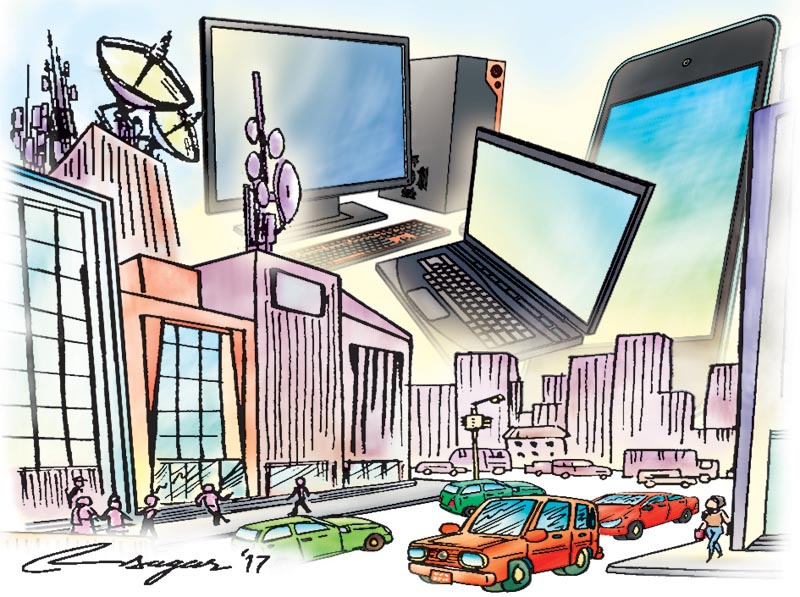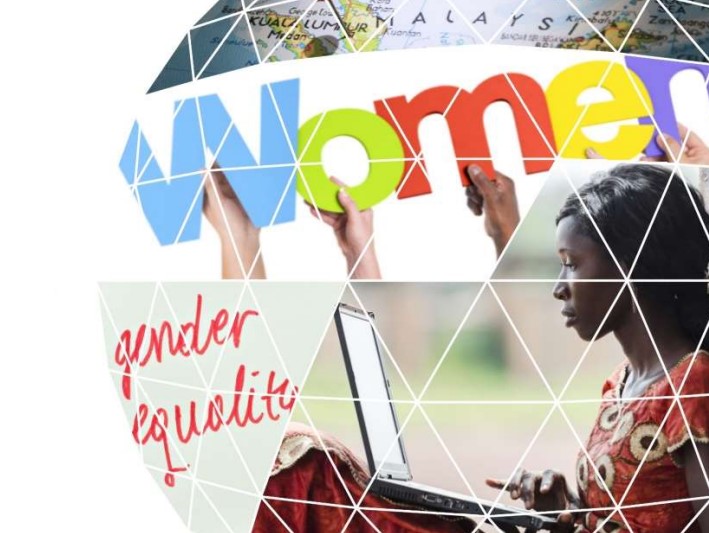The Education-to-Work Transition of Young Rural-Urban Migrants in Kathmandu, Nepal
This article examines the experiences of youth transitioning from education to work, within the specific context of rural–urban migration in Nepal. This context is chosen as, compared to developed countries, experiences in developing ones have remained under-researched in the transition studies literature. The study is informed by a biographical research approach, using qualitative longitudinal life (hi)story methods, with a view to revealing local transition patterns and the life events influencing these. The study identifies four different patterns reflecting the education-to-work transitions of young rural–urban migrants in Nepal. These patterns encompass different pathways involving education, migration, work, and mandatory waiting periods.…





